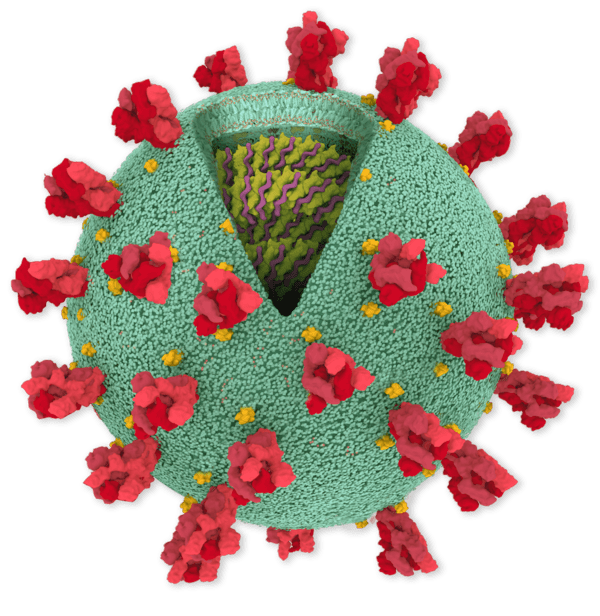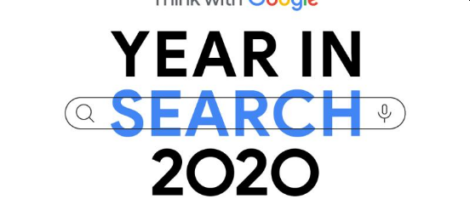Recently, I met a few people from the financial services industry which led me to start thinking about how they market their products to their consumers. So, I decided to keep my eyes open for any financial service ad that I see to decipher their marketing strategy and tactics. That’s when I started noticing that almost all the promotional emails that I get from financial service players go directly to my spam folder. Yes, GMail is pretty good at sifting a spam email from those service emails I get from my banks etc.
For about 49 days (4th Jun ’17 to 31st Jul ’17), I diligently looked at my spam folder, opened every spam email and downloaded its contents, to see the various marketing emails that I get.Turns out, that greater than 90% of spam emails I get are from financial services players. Averaging about 5 emails every day from various financial service players, I tracked some 240 emails. Now, I have enough to write 5-6 odd blog posts.
The first one is about the trends in these spam emails. [But, a quick note before I present these trends, I started unsubscribing to some of these ‘mailing lists’, just to see if these spam providers and brands stick to basic spamming rules. Some did, so most probably the quantum of spam went down and I would probably have received more than 240 emails.]
Emails over time:
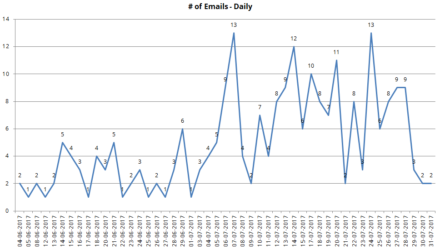
The most obvious thing you notice is that the number of spam emails kept increasing over time. From an average of 2.6 emails (52 emails in the month) from financial service firms every day in June, they went up 2.6x to average 6.5 emails (188 emails in the month) every day in July. All else being normal, I guess that as I opened more and more emails, the spammers started spamming me more and more.
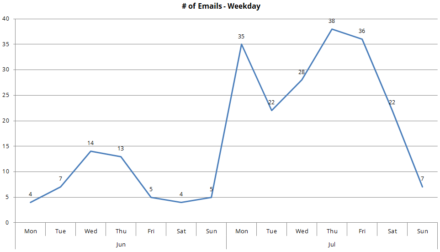
The other peculiar thing which you notice is the peaking of emails received on Thursday going into Friday (a slight shift from June). July of course saw a high number of emails on Monday – more on that in a different blog post.
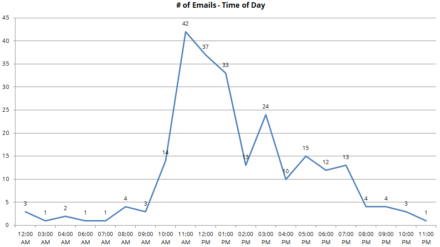
Looking at emails by the hour, the peak spam mails are generated around 10 AM (Note: all time is IST). This remained consistent during by month, weekday and even by the various domains that send them out . Though many email deliveries are so slow that they reach a targets’ inbox hours later (that’s another story).
The day of week and time of day trend seem to be in line with what most email marketing firms recommend to their users. Here is an interesting blog post from MailChimp on insights around time optimisation.

